Presentation
Back pain and progressive deformity over a few months. IGRA was reactive for latent tuberculosis.
Patient Data
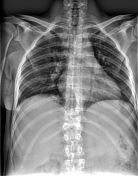

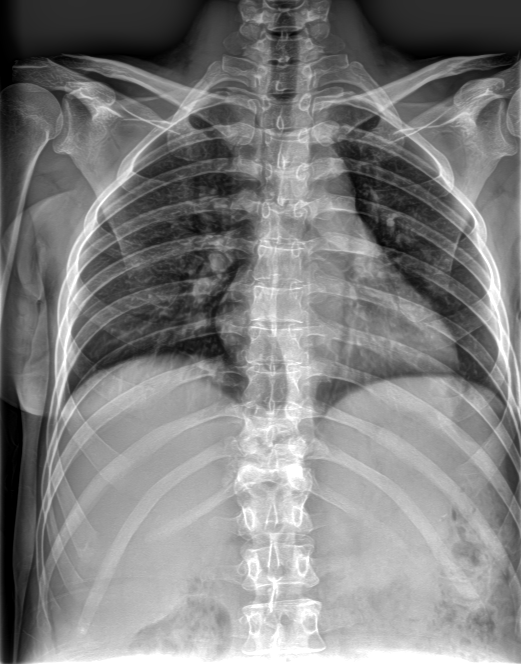
Vertebral collapse of T10, T11, and T12 causing gibbus deformity, better appreciated on the lateral view.
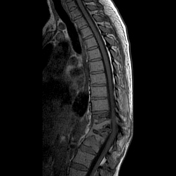

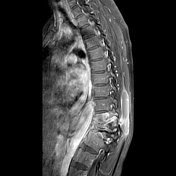

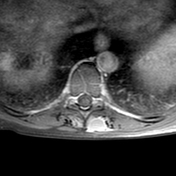

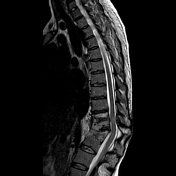

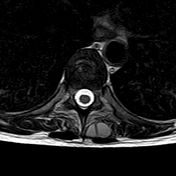

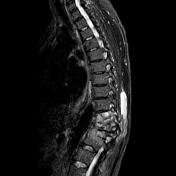

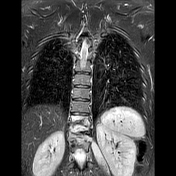

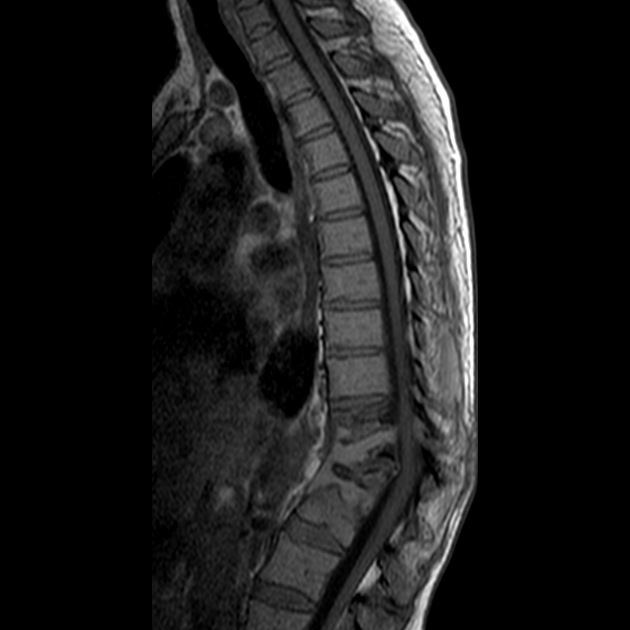
Wedging of T10, complete vertebral collapse of T11 and T12. Paravertebral fluid collections with contrast enhancement along the spine (sagittal / axial) and the left psoas muscle. Abcess margins are thin and smooth with contrast enhancement
Case Discussion
Tuberculous spondylitis or Pott disease is the most common musculoskeletal form of tuberculosis.
In the present case, the positive IGRA test for tuberculosis and the known history of a close relative with untreated respiratory tuberculosis are highly suspicious for tuberculous spondylitis.
Sometimes, however, the clinical history isn't so clear and laboratory exams are inconclusive. In such cases, it may be difficult to differentiate tuberculous vs pyogenic spondylitis.
Some findings that favor spinal tuberculosis are:
thoracic spine location
paravertebral abscess
abscess walls are thin and smooth
well-defined abscess margins postcontrast
multiple vertebrae involved
vertebral body destruction




 Unable to process the form. Check for errors and try again.
Unable to process the form. Check for errors and try again.